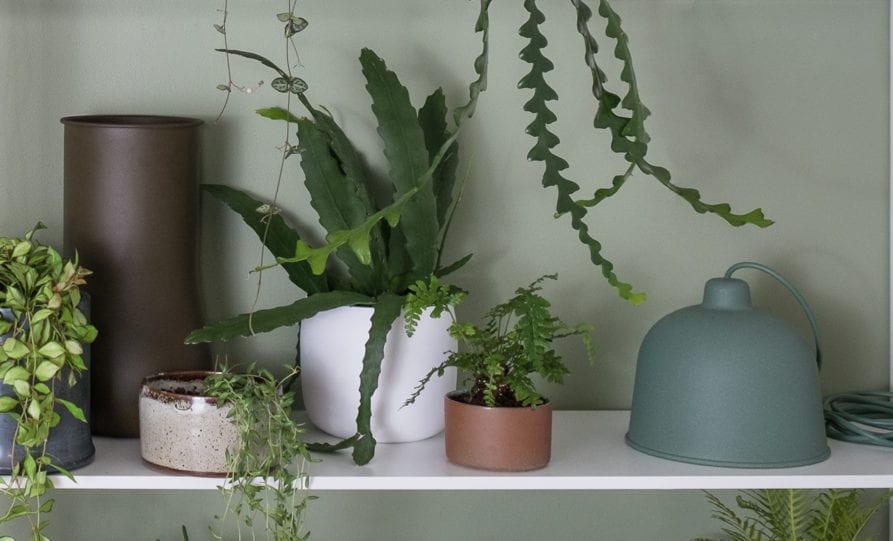18.03.2017
Journal
Lightly Plant Care Tips

Horticulturist Thomas Denning knows a thing or two about plants. A Lightly favourite for our green guide!
We welcome the new year with Thomas giving us his tips for looking after your indoor plants.
L I G H T / P O S I T I O N
As the sun is setting higher in the sky during the warmer months it’s important to factor this into where your plants are located for best growth and exposure to the light.
• Rotate your plants around the space according to their lighting requirements, with better light availability I find that this can open up places that were not suitable for them during the cooler months.
• Too much direct sunlight in the warmer months can scold the leaves of some tropical species so pay attention to what parts of the house get the most direct sunlight and set the plants back a bit if needed.
• Try to keep your plants about 1-1.5m away from any air conditioning systems, as this can alter the environmental conditions too drastically for the plant.
W A T E R
While the weather is warmer it’s important to increase how often you water your indoor plants. The higher temperatures means water content in the soil will evaporate faster and the relative humidity will be lower.
My general rule of thumb for watering is once a week in summer and once a fortnight in winter, but many factors play into this, for example; species of the plant; aspect of the house; heating/cooling systems, soil structure and what the plant is potted in. So it’s important to pay attention to each of your plants and gauge what they need individually.
• Ensure you check the moisture content of the soil before watering again: I use my finger to check the topsoil but you can also use a wooden skewer. The topsoil should be dry before watering again for most tropical species but ferns and a few other species require constant moisture in the soil.
• Don’t leave excess water sitting at the base of the plant as this can cause rot and fungal issues. Let the plant drain completely in the sink or empty the excess water from the vessel. This also applies if you are using a Lightly vessel without holes.
N U T R I T I O N
Spring and Summer are usually the main periods of growth for most indoor plants and therefore require an extra little boost to maximise growth and the health of the plant.
I like to use a liquid fertiliser for most of my plants rather than a slow release fertiliser as it gives more control with how much and how often you feed the plants.
Generally I find a seaweed based fertiliser or a product with a good spectrum of nutrients does the job well and it’s good to feed them every 2-3 weeks during the growing season.
